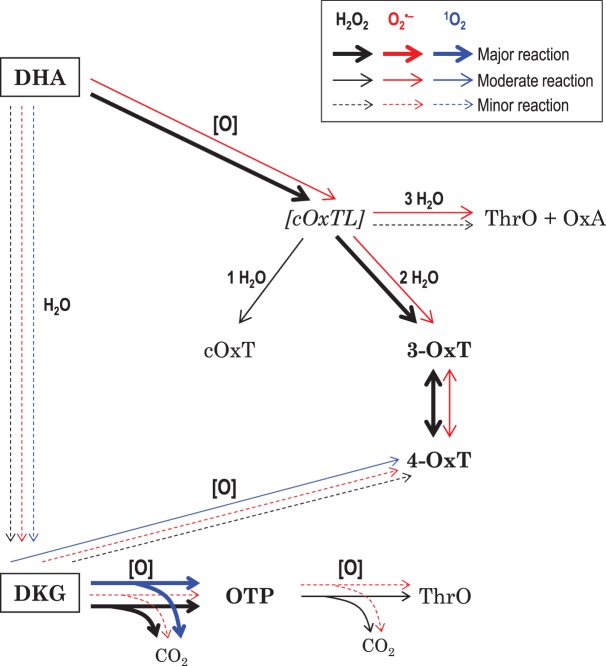Figure 3. Deduced pathways of dehydroascorbic acid and diketogulonate degradation in the presence of H2O2, superoxide, or singlet oxygen.
The two substrates tested are in boxes. Black, red, and blue arrows show the H2O2, superoxide, and singlet oxygen pathways, respectively. Arrow thickness indicates the prevalence of reaction. ‘H2O’ indicates a hydrolysis reaction; ‘[O]’ indicates an oxidation reaction (caused by ROS). [cOxTL] is a hypothetical highly reactive intermediate. For abbreviations, see Figure 1.

